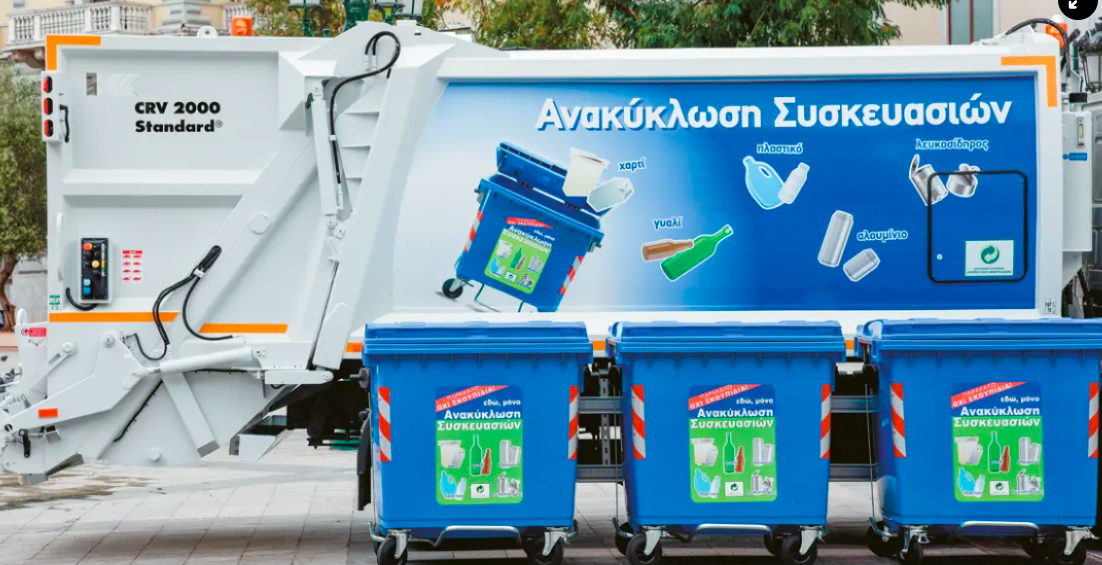The Tempest was unveiled alongside a new “Combat Air Strategy” document marking the UK’s reorientation to preparing for high-intensity conflicts and the danger posed by modern anti-aircraft weapons. However, the document largely focuses on industrial and financial matters, particularly on keeping British military aerospace sector sustainable despite constrained defense budgets and the steadily increasing cost of high-performance platforms like the Type 26 frigate.
With a flourish of a silk curtain at the Farnborough Air Show on July 16, British defense secretary Gavin Williamson unveiled a full-scale model of the Tempest, the UK’s concept for a domestically built twin-engine stealth fighter to enter service in the 2030s. The Tempest will supposedly boast a laundry list of sixth-generation technologies such as being optionally-manned, mounting hypersonic or directed energy weapons, and capability to deploy and control drone swarms. However, it may also represent a Brexit-era gambit to revive defense cooperation with Germany and France.
London has seeded “Team Tempest” with £2 billion ($2.6 billion) for initial development through 2020. Major defense contractor BAE System is leading development with the Royal Air Force, with Rolls Royce contributing engines, European firm MBDA integrating weapons, and Italian company Leonardo developing sensors and avionics.
Design will supposedly be finalized in the early 2020s, with a flyable prototype planned in 2025 and production aircraft entering service in 2035, gradually replacing the RAF’s fourth-generation Typhoon fighters and complementing F-35 stealth jets. This seventeen-year development cycle is considered ambitious for something as complicated and expensive as a stealth fighter.
Read more HERE





